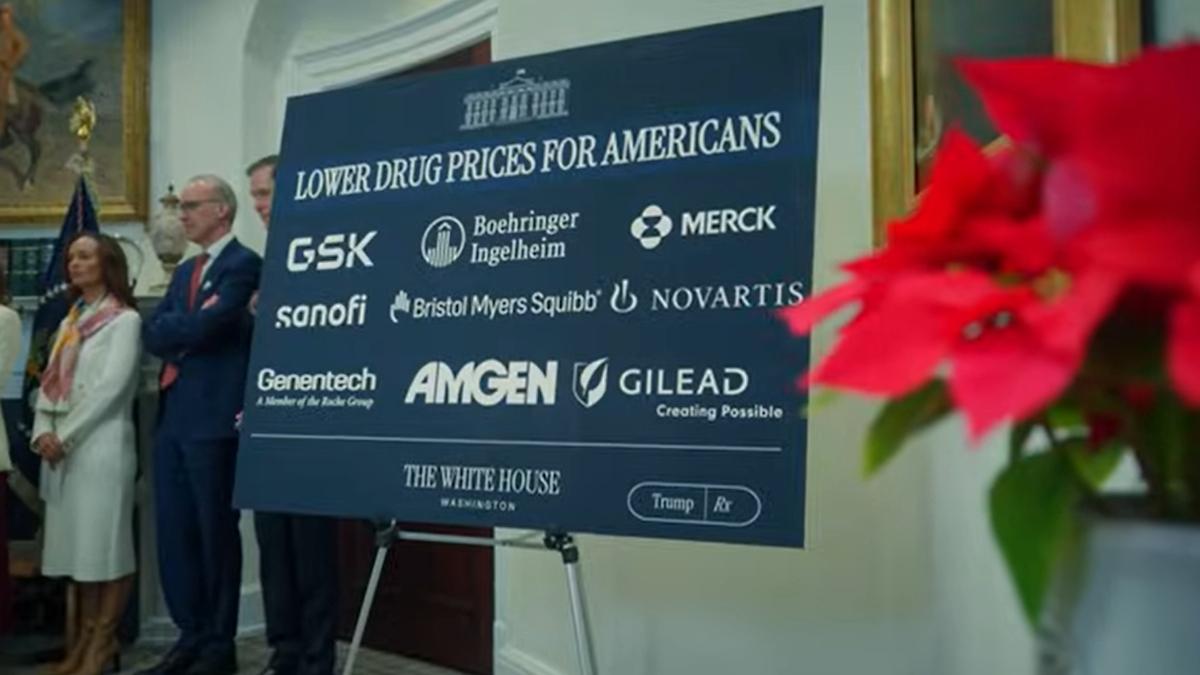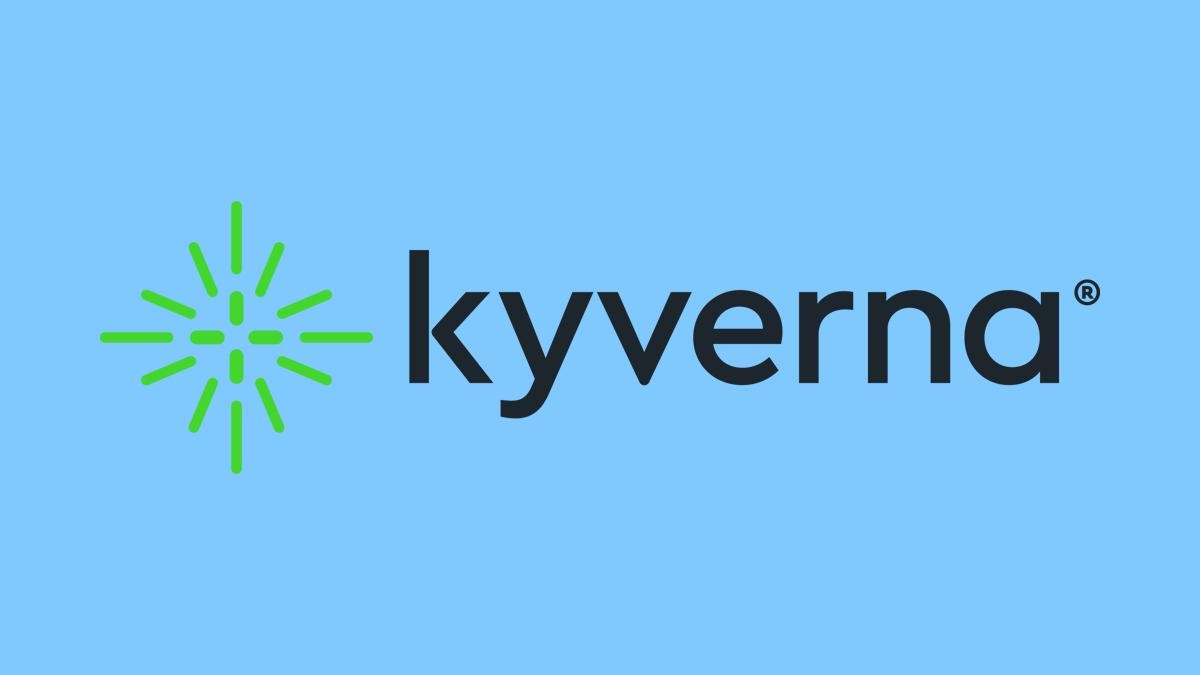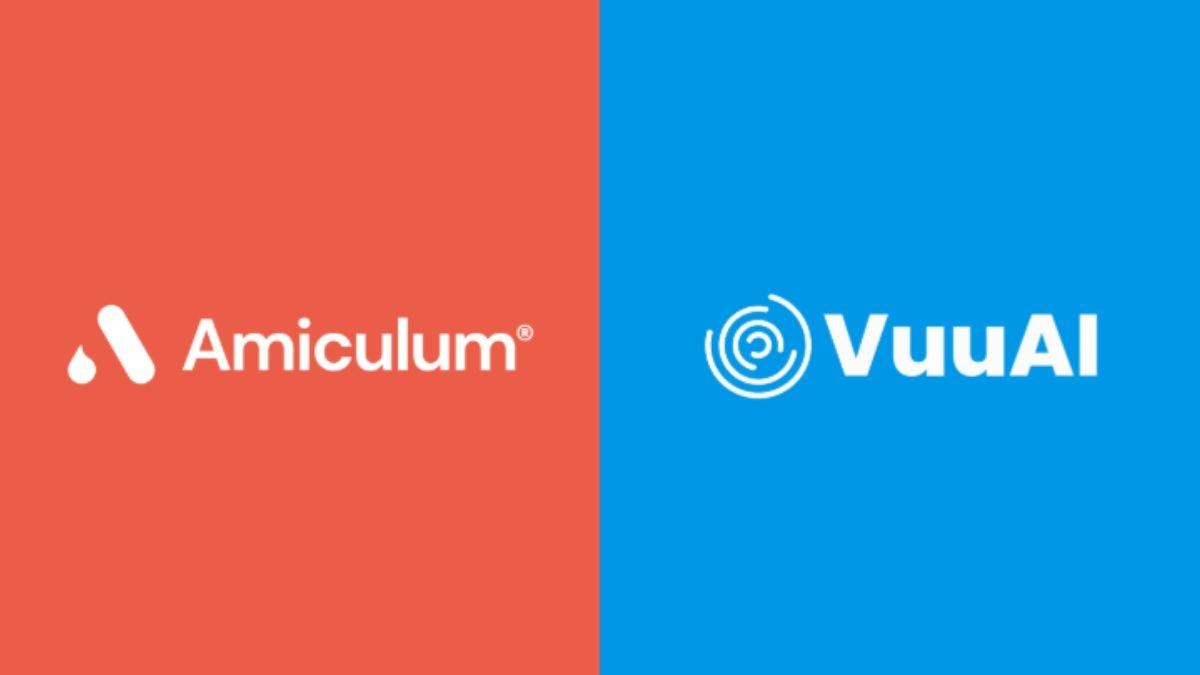Can CAR-T first movers keep pace in a rapidly evolving market?

The CAR-T landscape has quickly transformed from a pioneering breakthrough to a highly competitive and evolving market. Ben Hargreaves finds that the early leaders, Gilead and Novartis, are now facing significant challenges, as manufacturing hurdles and intensified competition threaten their ability to sustain growth and market dominance.
The pharmaceutical industry has a major incentive to develop first-in-class treatments. Being the first to develop a new type of treatment allows companies to maximise sales by establishing the medicine as the standard in the area.
This was the appeal for Gilead when it bought Kite in 2017, as it gave the company immediate access to a potential first-in-class treatment, in a CAR-T treatment, that was already under regulatory review and was targeted at the lucrative therapeutic area of oncology. Gilead was prepared to pay close to $12 billion to gain access to the CAR-T treatment, which was approved and emerged on the market just six weeks after Novartis’ rival therapy launched.
Since that time, the other side of pursuing a first-in-class, innovative therapy has emerged. Notably for this class of therapies, the struggle to ensure the manufacturing process is efficient and has sufficient capacity to treat the available patients. Such challenges have led to purchases and facility expansions to ensure the capacity exists to deliver the treatments. However, as the capacity ramp-up has occurred, the first-in-class advantage has been eaten away, with rival companies entering the space and sales being eroded for the first movers.
Struggles for growth
For Gilead, this led to third quarter financials announcing that sales growth had stalled for Yescarta (axicabtagene ciloleucel). The company revealed that sales of the product had decreased by 1% compared to the same period in 2023. Even Gilead’s second CAR-T treatment, Tecartus (tisagenlecleucel), struggled to increase sales by a significant amount, with the company only posting a 2% growth in sales year-on-year (YoY).
In an investor call, Cindy Perettie, EVP at Kite Pharma, explained why the company was struggling to increase sales for its CAR-T products. Perettie noted that the company is facing both “in-class” and “out-of-class competition.” On the former point, she outlined that rivals have obtained indications to compete with Yescarta, as well as managing to expand their manufacturing capacity. The latter out-of-class competition refers to competition with bispecific antibodies, which are also being used to treat patients within the same indications. Each issue is equally contributing about 50% to the revenue stagnation facing Gilead, Perettie said.
Despite these challenges, Yescarta is still in line to achieve blockbuster sales in 2024. Third quarter sales were $387 million and that sees the treatment on track to achieve similar sales to those of 2023, when Yescarta brought in $1.5 billion in revenue. However, the fall in sales during the third quarter is a worrying sign for the company, particularly as Gilead had invested in Kite to diversify away from its reliance on its virology portfolio to generate growth.
A Gilead problem?
Gilead cannot be considered alone in struggling to translate transformational technology into transformational revenue. Novartis’s Kymriah (tisagenlecleucel) has suffered even greater issues in its commercialisation, leaving the treatment lagging behind its early rival in revenue. In October, the company stated in its third quarter financials that Kymriah’s net sales had fallen 18% YoY, managing only $102 million.
A major contributor to this collapse in sales is due to the treatment’s failure to show benefit in second-line aggressive B-cell non-Hodgkin lymphoma, when rival treatments were able to. Compounding this issue has been the company’s consistent struggles with manufacturing, as Novartis received a Form 483 from the FDA over issues with the production process of Kymriah.
As mentioned by Gilead, it is not only a question of in-house issues, but also rivals that have managed to effectively catch up over time. There are now seven CAR-T products approved on the US market, with Bristol Myers Squibb developing two of these, Johnson & Johnson, partnered with Legend Biotech, holding rights to one treatment, and Autolus gaining recent approval for its therapy. With BMS and J&J being of a similar scale to Gilead and Novartis, they too have the capacity to finance rapid manufacturing expansions and to acquire other promising CAR-T assets.
The new upstarts are also putting in growth figures that are effectively eating away at the established treatments’ sales. BMS’ Breyanzi (lisocabtagene maraleucel) managed global sales of $224 million in third quarter sales, marking a 143% increase YoY, and J&J’s Carvykti (ciltacabtagene autoleucel) brought in $286 million, representing an 87% increase from the previous year. Further approvals look likely in the area, with more than 200 CAR-T assets in the current pipeline.
Individual issues, promising space
The competition among the treatments can be seen in the light of the debate over first-in-class versus best-in-class therapies. There have been competing outcomes in determining the advantages of each, with one study in Nature finding it was slightly better to be first-in-class, while others highlight that this depends on the extent of subsequent treatments' advantages. Though it is still too early to determine a best-in-class designation, it is sure that the greater number of options should allow for a competitive space, in terms of efficacy, safety, and pricing.
With the increasing use of these therapies, the entire field could stand to benefit from the greater familiarity in delivering these treatments. A recent Deloitte report showed that one major improvement in recent years has been the ability to successfully manage the toxicities that are associated with the treatment. In another bonus for companies working in the space, FiercePharma reported that Peter Marks, director of the FDA’s Center for Biologics Evaluation and Research, suggested that the boxed warnings added to CAR-T treatments on potential secondary cancer risk could be removed.
As the CAR-T space continues to evolve, competition and innovation will likely drive advancements that benefit both patients and the broader oncology market. However, for first movers like Gilead and Novartis, sustaining growth amid rising challenges will require strategic adaptations. Both Gilead and Novartis have invested to potentially become the first to bring the next generation of CAR-Ts to patients – setting up another race that they will be hoping pays off to a larger scale than the first generation.












